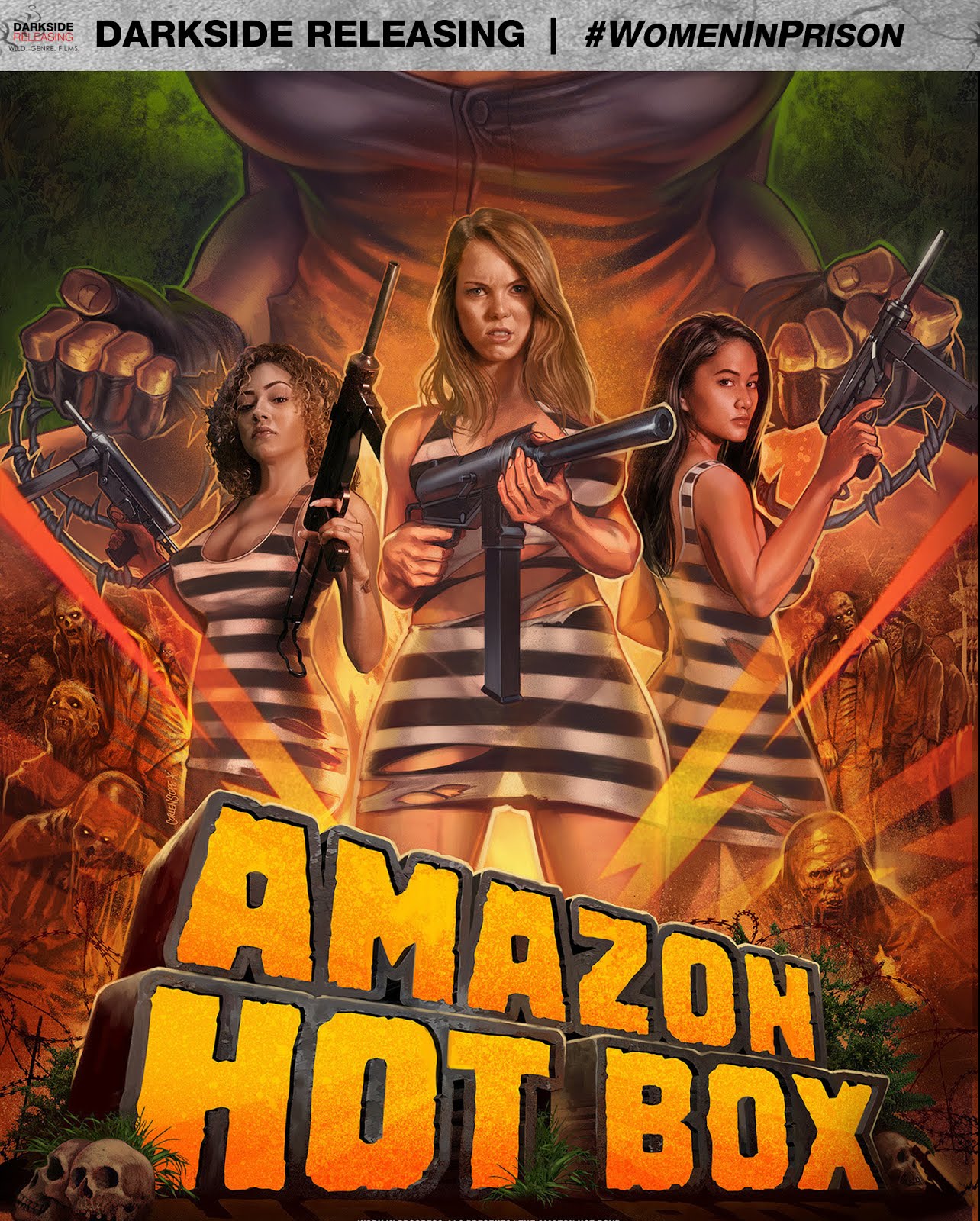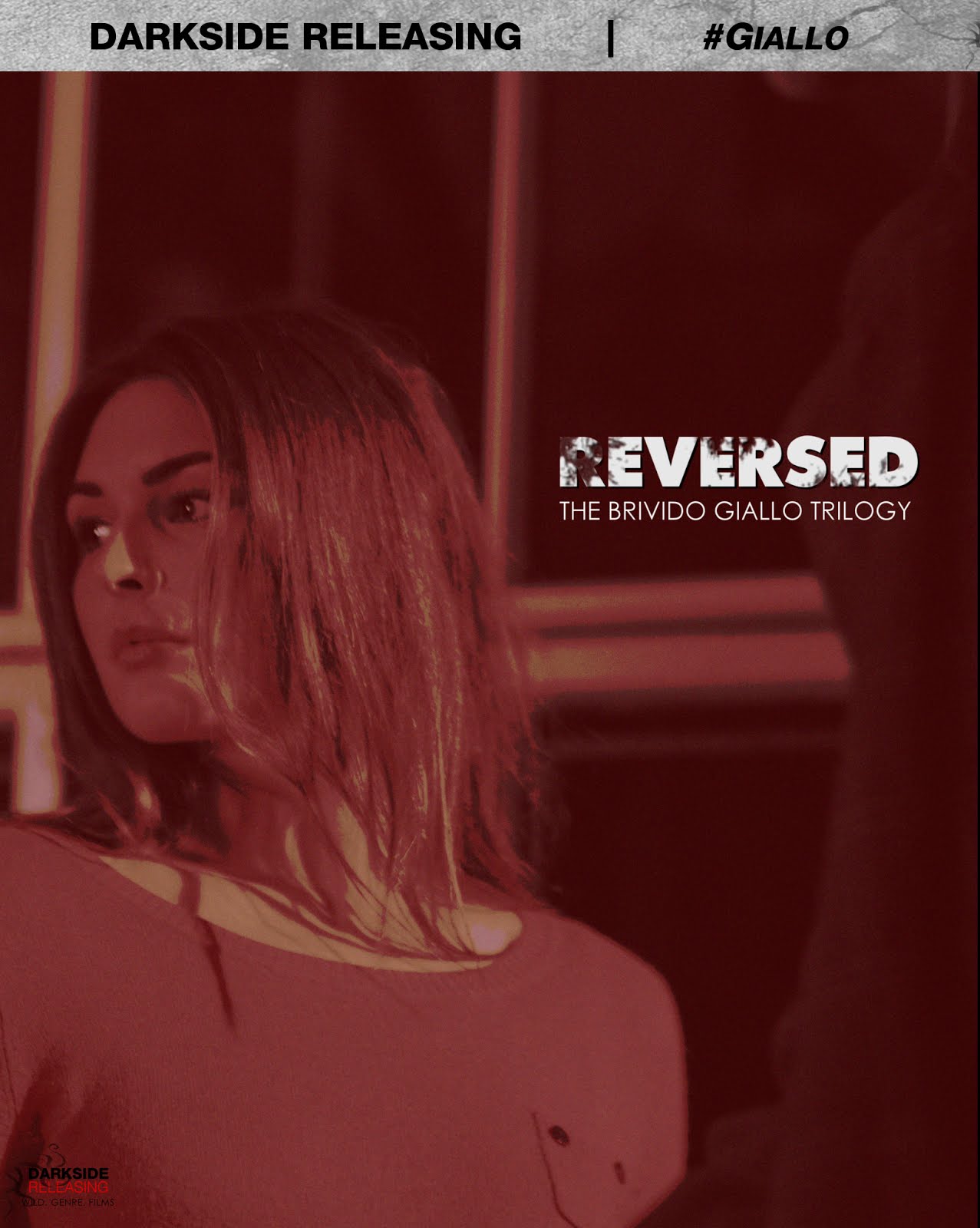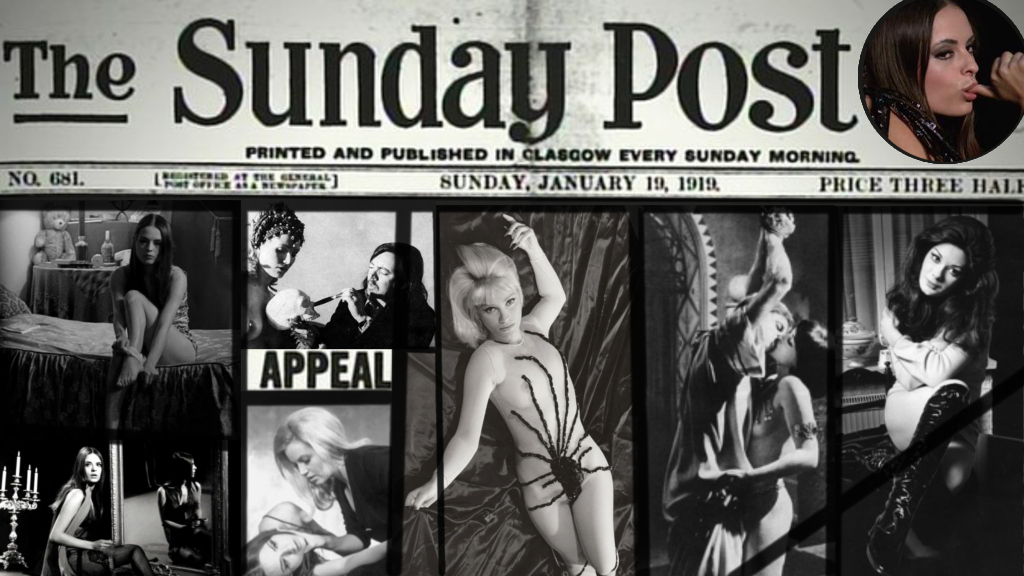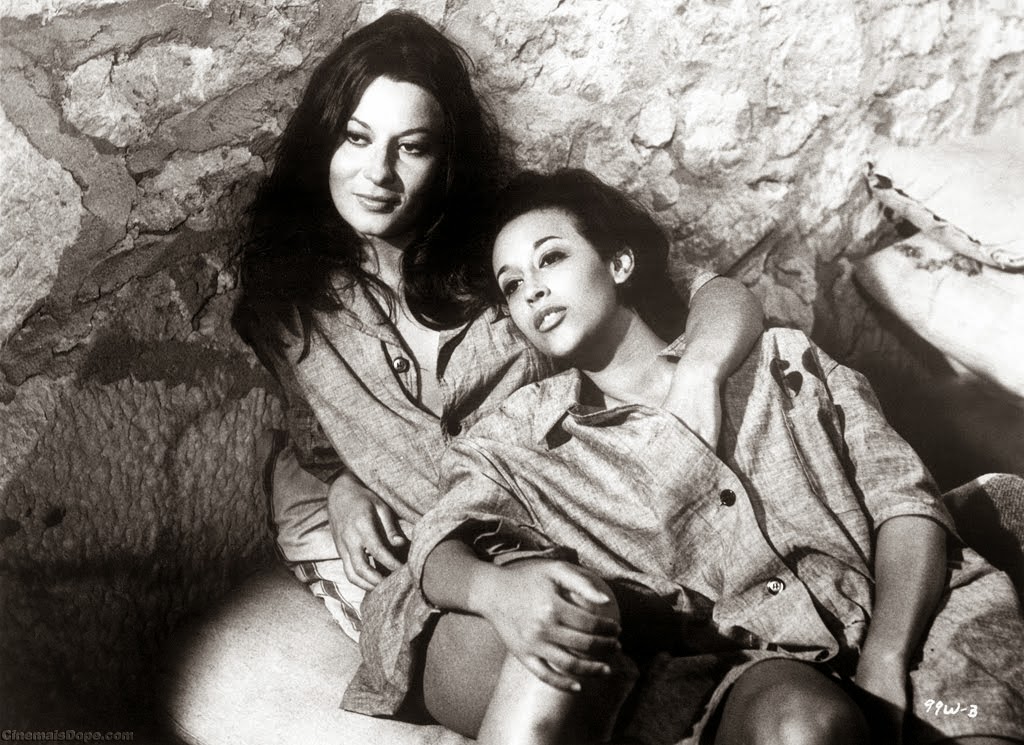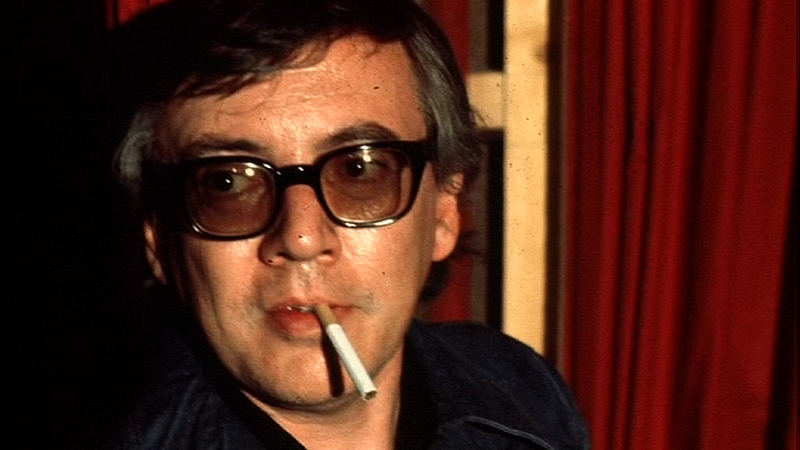
..Is Walerian Borowczyk's simple nunsploitation film worth writing about? What could I say that isn't going to be said better on the special features of the most recent DVD release (uncut from Nouveaux Pictures)? Well, nothing critical, really. But yes, the film is worth talking about, for several reasons, and there are things to say.
.
Something on the more interesting side of this erotic showpiece (besides the erotic showpieces, I mean) is the film's narrative structure, which for nearly the first two-thirds is purely nunsploitation, though arguably this is the fetishistic sub-genre at its finest. Because thankfully, Walerian Borowczyk is a master at cinematic eroticism; he knows what to shoot, how to shoot it, and has it play like true erotic cinema, never cheap pornography. He and Tinto Brass are probably the only two filmmakers with this deeply embedded talent of bringing charged sex to the cinema screen on such an affecting level, something to give Eyes Wide Shut a run for its money. Walerian's films are not slick, yet they have that same commercial quality that comes from talent rather than textbook, much like the early films of Scorsese or Romero. In fact, Behind Convent Walls even has a slight documentary feel to it, in spite of the fact that the last 40 minutes actually moves from its zone of sheer sexploitation to suddenly delve into a comic-book story of corruption, church politics, and Catholic repression, and that it seems a perfectly natural transition in Walerian's film, which makes it appear that this story shift had been the intention all along. Cinematically, much like Mean Streets or Martin, the film otherwise feels somewhat improvised.
Something on the more interesting side of this erotic showpiece (besides the erotic showpieces, I mean) is the film's narrative structure, which for nearly the first two-thirds is purely nunsploitation, though arguably this is the fetishistic sub-genre at its finest. Because thankfully, Walerian Borowczyk is a master at cinematic eroticism; he knows what to shoot, how to shoot it, and has it play like true erotic cinema, never cheap pornography. He and Tinto Brass are probably the only two filmmakers with this deeply embedded talent of bringing charged sex to the cinema screen on such an affecting level, something to give Eyes Wide Shut a run for its money. Walerian's films are not slick, yet they have that same commercial quality that comes from talent rather than textbook, much like the early films of Scorsese or Romero. In fact, Behind Convent Walls even has a slight documentary feel to it, in spite of the fact that the last 40 minutes actually moves from its zone of sheer sexploitation to suddenly delve into a comic-book story of corruption, church politics, and Catholic repression, and that it seems a perfectly natural transition in Walerian's film, which makes it appear that this story shift had been the intention all along. Cinematically, much like Mean Streets or Martin, the film otherwise feels somewhat improvised.
 At the end of the day, this film, like others of Walerian's and Brass', is really a joyous celebration of sex and the human condition. And as a storyteller, his feature films, like Convent or The Beast, are far more successful than when his talents are put out towards shorter anthology segments (as in Immoral Women). Borowczyk's talents shine in longer contexts, where as a filmmaker, his satirical voice is much more confident instead of purely jokey in his shorter narratives. Conversely, fellow erotic filmmaker Tinto Brass generally displays the opposite talent when it comes to narrative length.
At the end of the day, this film, like others of Walerian's and Brass', is really a joyous celebration of sex and the human condition. And as a storyteller, his feature films, like Convent or The Beast, are far more successful than when his talents are put out towards shorter anthology segments (as in Immoral Women). Borowczyk's talents shine in longer contexts, where as a filmmaker, his satirical voice is much more confident instead of purely jokey in his shorter narratives. Conversely, fellow erotic filmmaker Tinto Brass generally displays the opposite talent when it comes to narrative length.
The funny thing is that generally, when it comes to cinematic erotica, these aren't really the types of films that I bother to commit characters' names to mind. Either they stand out visually (The Frightened Woman) or they blend into the group shenanigans, and that is especially true here, where the story concerns an entire convent of nuns who are all dressed –or undressed— the same way. And what goes on behind those convent walls is slightly distracting, as well...
Much like The Beast (and even Immoral Women, which was a little too cutesy-poo for my liking) the erotica is true and beautifully handled, the camera movements in Convent specifically, while docu-esque, was handled by none over than the cinematographer of Suspiria, giving Walerian's film a gorgeous voyeuristic personality.
And speaking of gorgeous, check out this convent...(!) The beautiful nuns serve not only the film's eroticism, but manage to bring this flick into the realm of pure fantasy and nunsploitation while maintaining its verisimilitude, exactly where it wants to be.
.-V.




























































